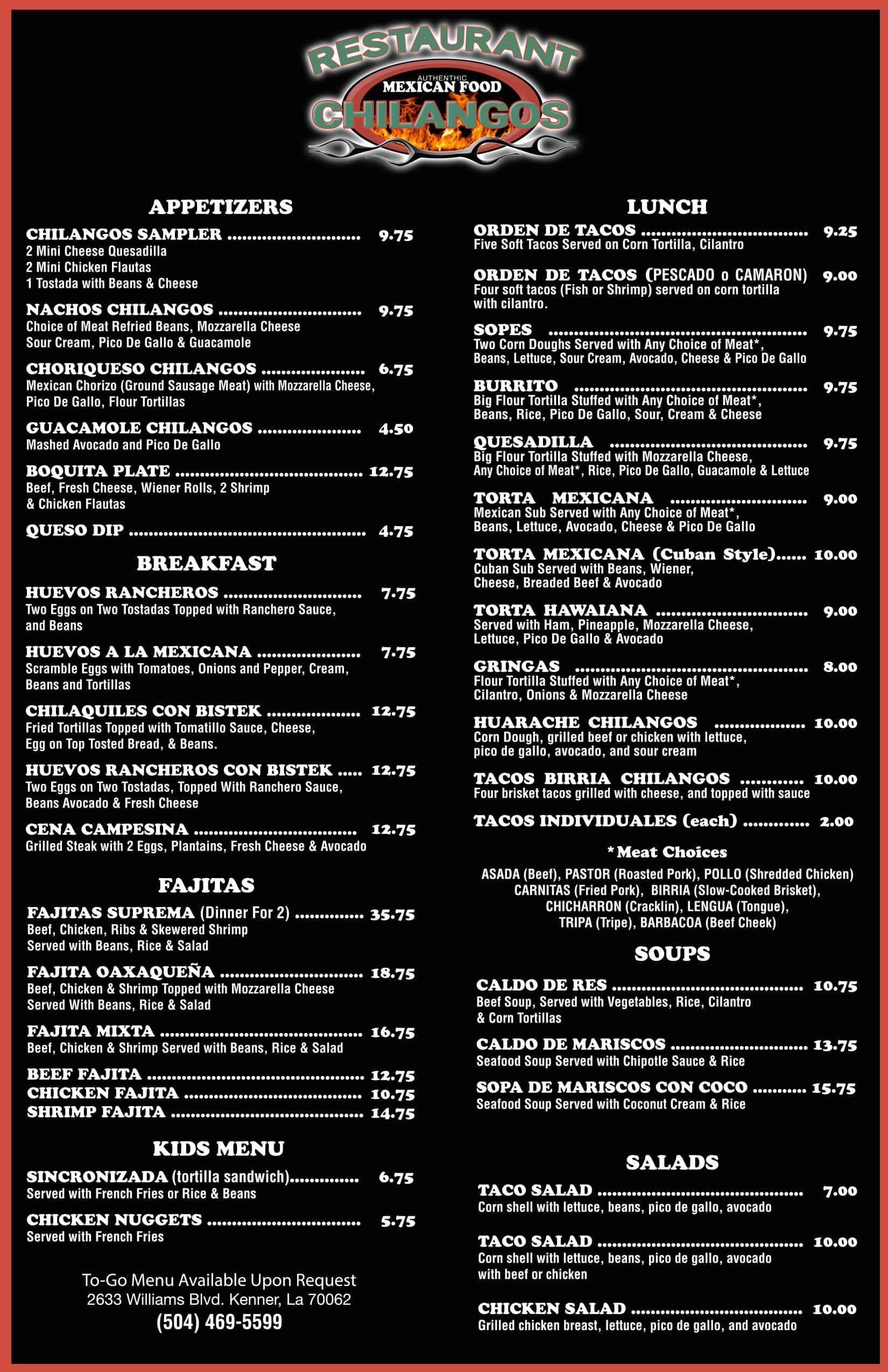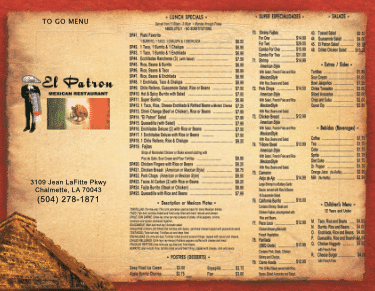MENU DESIGN
Restaurants, Cafes, Bars, Food Truck Menus
Menu Design: Why It’s Important?
Your menu reflects your brand and connection to your customers. We design 5 types of restaurant menus that elevate your brand image. They are:
A La Carte, Static, Du Jour, Cycle, and Fixed.
What Is The Best Type Of Menu For Your Restaurant?
Selecting the best type of menu for your restaurant depends on your available resources and the nature of your establishment. You can consider various ways of designing or laying it out. A well-designed menu can serve to boost the profitability of your business without entailing a big investment.
A La Carte Menu
In this type of menu, each item is listed and priced separately. Because of its nature, an a la carte menu tends to be more expensive. However, it gives the customer better flexibility with their options. Here, they can choose whatever items and what to combine them with when they eat or dine.
The French word “a la carte” actually literally means “by the card”. Roughly, it is translated as “according to the menu”. It began its usage in the 19th century.
Du Jour Menu
This type of menu varies according to what is available for the day, or what the chef has prepared. When it says “soup du jour”, then it means that soup is the specialty for the day. The same goes with “chicken du jour” that signifies that for today, what’s available for serving is chicken.
“Du Jour” is a word that is French in origin, literally meaning “of the day”.
Cycle Menu
This menu type refers to a list of food items that are repeated as a cycle throughout a certain period. It’s quite easy to figure this out owing to its name. For instance, a cafe might serve a specific type of sandwich on a Monday, and another kind on Tuesday, a particular variant on Wednesday, and so on, until the end of the week. This is continually repeated every week, or “cycled”, as the name suggests.
There are two primary reasons why an establishment uses a cycle menu. One is that it may be operating on a smaller scale and cannot afford to serve items from a bigger menu. Second is that the menu is apt for serving daily specials, such as a menu for happy hour. In a restaurant or bar, you may find a static menu as their primary selection, but it tends to be topped by a cycle menu that showcases special offerings on particular days of the week.
Static Menu
The larger menu of an establishment that doesn’t usually change in terms of its food and beverage items is called a static menu. In the trend of menus today, it is the most popular. Normally, when you think of a regular menu in the current setting, it is apt to be a static menu.
Most bars and restaurants today in fact use a static menu. Customers are inclined to have a better dining experience with this type of food and drink selection because it provides them with more variety and options. It offers added consistency, too, and is likely to be easier to navigate. If you’re looking for a menu that delivers customer satisfaction, you would find it in the static type.
Depending on the technology utilized by a restaurant, a static menu presents everything it has to offer. By this, it can mean paper menus or digital display boards. A menu bar code for a restaurant may even be considered.
Moreover, a static menu may feature other options as well, including a la carte, or a bit of du jour choices, and added cyclical alternatives. Food and beverage items in the static type of menu are grouped into salads, entrees, appetizers and so on.
Fixed Menu
In this type of menu, a few items are listed and they are indicated with a fixed price. There are two types of fixed menus, namely the table d’ hote menu, and the prix fixe menu.
In a table d’ hote menu, you’ll find a set of selections of appetizers, entrees, and desserts. Commonly, you can choose one from two or three options of each category. When you have opted for a complete set, you then pay for a fixed price.
A prix fixe menu, however, offers little variability. For a set of an appetizer, entree, and dessert, you get to only have one option for each course. If you order for a different option, the price may vary, as offered in some types of this menu.


